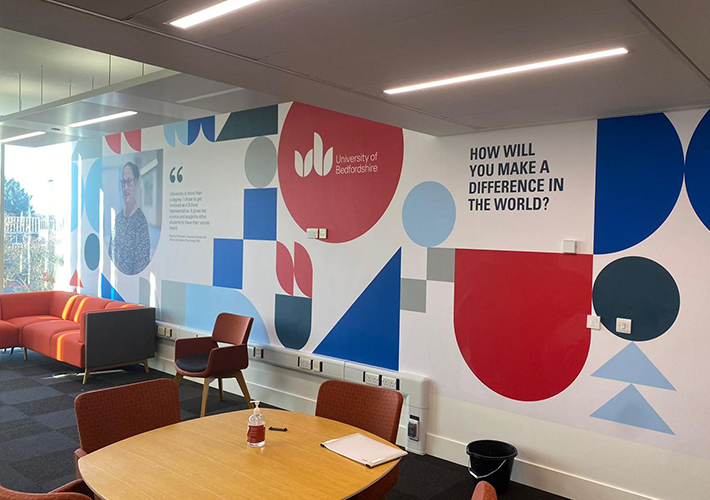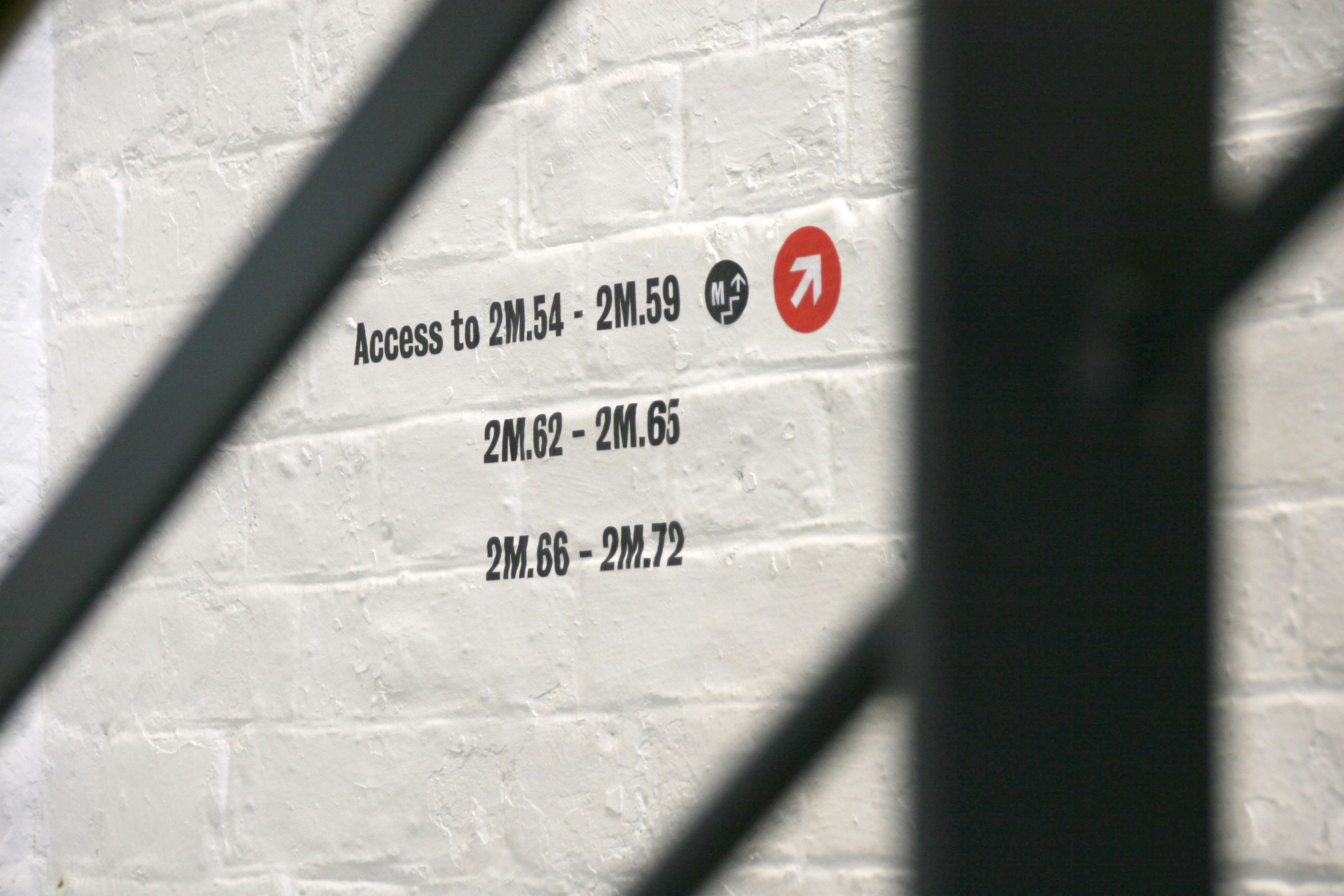
Universities are complex, evolving places.
Often with a strong heritage and reputation for advancements within a particular field of study.
But on top of its intellectual prowess, each university has its own personality and approach to learning. Perhaps it wants to convey modernity and change. Or perhaps it wants to express how important diversity and opportunity is to the institution. And on top of all this, all universities want to be welcoming.
How can wayfinding help?
When a university has grown organically, perhaps over a few centuries, its campus will inevitably incorporate buildings of different ages and architectural designs.
That, coupled with the variety in teaching and research faculties, and the jumble of other buildings from accommodation to welfare and community uses, makes a university campus one of the most complex places that people interact with.
A consistent visual brand is absolutely key to tying a campus together. And wayfinding signage, as the primary branded element across a campus, can not only reinforce the sense of place but help people find their way.
In this most complex of places, it’s crucial to understand how people are using the spaces.
Understanding these things and more mean we can decide what information needs to be included in any signage we design.
It also helps determine naming hierarchy and conventions as we seek to disseminate information as easy as possible.
When we worked with Oxford Brookes University we developed abbreviations and codes that identified the various campus buildings. And we’re confident that this will work just as well for their current ten-year plan as it will for whatever their ten-year plan may look like 100 years from now.

We had fun creating wayfinding signage for King's College London to showcase the excellence of its teaching and resources. We used the university's image library and quotations from academics to create wayfinding branding that showcased the institution’s approach to research and thinking, which was key to its unique brand.
This was applied to hoardings that the university can use during building and refurbishment projects.
And at the University of Bedfordshire, we created a series of university-branded welcome spaces within key campus buildings, thinking particularly about how to be inclusive to all users. The branded spaces encourage students, staff, researchers and visitors to engage with the space and facilitate interactions with each other.
Working with universities can be fun as well as complex.


We worked with Manchester Metropolitan University while it underwent a significant estate improvement programme.
There, we developed a coherent wayfinding strategy that could be implemented in phases to help movement across multiple campuses. The careful phasing of temporary and permanent solutions meant that the busy campus could still be navigated and enjoyed throughout redevelopment works, with as little disruption as possible.

Good wayfinding helps tell the story of your university, helping people understand what makes it unique. With the university market becoming increasingly competitive this is more important than ever.
At Bartlett School of Architecture we playfully addressed legibility by showing large scale floor numbers and architectural floor plans at key decision points. After all, this is the language their users speak and, as with our foundations in architecture, it's our language too.

Our work at King's College London's Maughan Library needed to be designed in light of its listed status. We devised stencilled wall signage to avoid drilling into its heritage structure, free-standing signage and adaptable wall maps with paper inserts that can be updated by library staff to keep up with inevitable layout changes.
We also created window decals for KCL’s exhibition space in its Faculty of Social Sciences. For this one, we managed the application for listed building and advertising consent from the local authority.

Our core values centre around inclusivity and accessibility for all. And university campuses are no exception.
These complex places – where people work, rest and play –must consider the needs of, and welcome, all end users. And these institutions do not flit and change but will endure for the decades. A coherent, consistent and on brand wayfinding strategy is absolutely key to making this happen.
If you'd like visitors, students and staff to connect better with your campus, get in touch to discuss how we can help, on 0161 241 3174